May 26, 2025 | 15:46 GMT +7
May 26, 2025 | 15:46 GMT +7
Hotline: 0913.378.918
May 26, 2025 | 15:46 GMT +7
Hotline: 0913.378.918
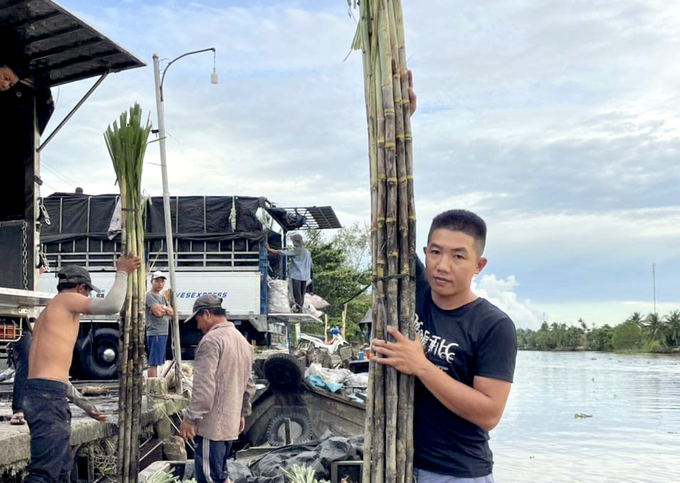
Sugarcane harvesting in the Mekong Delta. Photo: Son Trang.
As the 2023/24 sugarcane crop approaches, the Vietnam Sugarcane Association has set a target yield of 1 million tons. This milestone can potentially mark the Vietnam's sugar yield first return to the 1 million-ton milestone since the 2018/19 crop. After dropping to below 700 thousand tons in the 2020/21 crop, which is the lowest level in the last ten years, Vietnam's sugar yield has recovered its growth within the last few years. Accordingly, Vietnam's sugar yield reached 935 thousand tons in the 2022/2023 sugarcane crop, which is an increase of 25% compared to that of the 2021/22 crop, and an increase of 36% compared to that of the 2020/21 crop.
The safe measures applied by the Vietnamese government to imported sugar from various Southeast Asian countries are the primary reasons for the recovery of the Vietnamese sugarcane industry. Some notable examples include the application of anti-dumping and anti-subsidy duties on select sugarcane products originating from Thailand since 2021, and the application of counter-measures to prevent circumvention of safeguard measures on select sugarcane products imported from Cambodia, Indonesia, Laos, Malaysia, and Myanmar.
According to Dr. Cao Anh Duong, Director of the Sugarcane Research Institute, headquartered at Ben Cat town, Binh Duong province, Vietnam's safeguard measures failed to meet expectations because several businesses from Southeast Asian countries export sugar to Vietnam in significantly higher quantities than their production capacity. This is evidence that sugar from Thailand is traveling through other Southeast Asian countries to enter Vietnam in an attempt to avoid anti-dumping and anti-subsidy duties. Consequently, safeguard measures have played an indispensable role in helping the Vietnam's sugarcane industry recover.
In addition to safeguard measures, the recent increase in sugarcane and sugar prices has also contributed to the recovery of the sugarcane industry in Vietnam. Global sugar prices have rapidly risen following the 2022/23 crop, with raw sugar prices reaching a peak of 26.45 USD cent per pound in April 2023. Following the upward trend of global sugar prices, sugar prices in Vietnam climbed to 18,000 to 20,000 Vietnamese dong per kilogram.
With the surge in sugar prices, sugar mills also raised their sugarcane offering prices. During the 2022/23 crop, the price of sugarcane averaged at between 1.1 and 1.3 million Vietnamese dong per ton, which is equivalent to that of other sugarcane-producing countries in the region. Similarly, sugarcane prices have also seen a noticeable increase during the 2021/22 crop.
The rise in sugarcane prices has led to an increase in sugarcane production area. Namely, the harvested sugarcane area of the 2022/23 crop reached 142 thousand hectares, representing an increase of 14% compared to that of the 2021/22 crop. Consequently, the volume of processed sugarcane reached 9.645 million tons in the 2022/23 crop season, which is an increase of 28% compared to that of the previous crop.

Sugarcane production area in Vietnam is increasing due to rising sugarcane prices. Photo: Son Trang.
With high world sugar prices and Vietnamese sugar priced at between 21,000 and 22,000 Vietnamese dong per kilogram during the 2023/24 crop, sugar mills continue to raise their sugarcane offering prices to encourage farmers to expand their production areas, and boost their investment in sugarcane production to increase capacity and yield. The harvested sugarcane area in Vietnam is expected to reach 159 thousand hectares in the 2023/24 crop, representing an increase of 12% compared to that of the previous crop. Furthermore, the volume of processed sugarcane is projected to reach nearly 11 million tons, representing an increase of 13%.
However, according to Mr. Nguyen Van Loc, Chairman of the Vietnam Sugar and Sugarcane Association (VSSA), Vietnam's implementation of safeguard measures for the sugar industry has stimulated the domestic sugar prices, thereby increasing the risk of trade fraud with increasingly complex tactics.
As a result, VSSA proposed its member businesses to establish a monitoring system with the aim of collecting information on market developments and trade fraud activities, and delivering them to government agencies in a timely manner. The implementation of a traceability system will also help prevent trade fraud activities. Additionally, this system will support relevant government agencies in identifying the origin of goods circulating in the market, and distinguishing counterfeit goods/smuggled goods/trade fraud goods.
Translated by Nguyen Hai Long
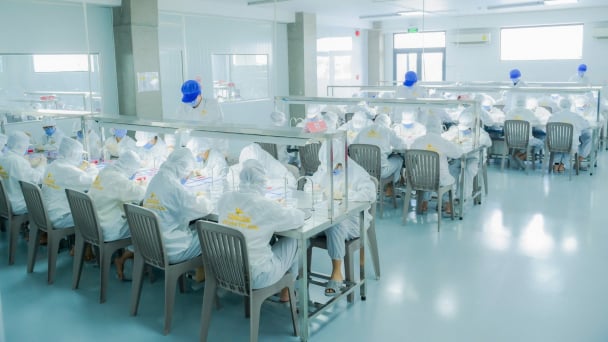
(VAN) Amidst the current intense competition, businesses must establish sustainable linkages, prioritize technological investments, build brand identity, and obtain international certifications.
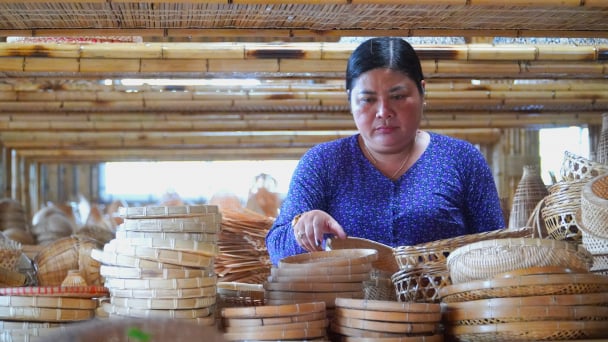
(VAN) As director of the Thuy Tuyet Bamboo and Rattan Handicraft Cooperative in Soc Trang, she has revitalized a traditional craft, generating sustainable livelihoods for hundreds of workers - particularly from the Khmer ethnic minority.
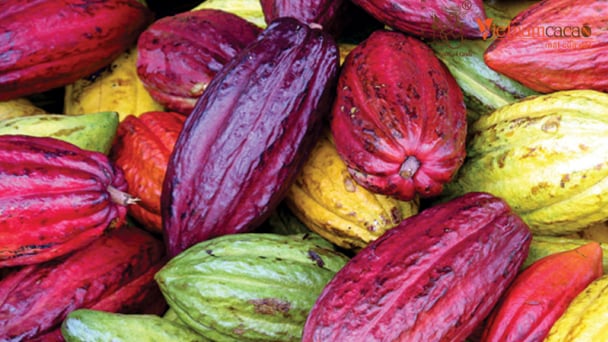
(VAN) Vietnam has been classified as a ‘low-risk’ country for deforestation under EUDR, granting local producers a strategic edge in sustainable market development.
/2025/05/19/2617-14-211139_18.jpg)
(VAN) Vietnamese bird's nest enterprises are eager to access the promising Chinese market; however, only those with thorough preparation, truthfulness, strict regulatory compliance, and consistent product quality will be positioned for success.
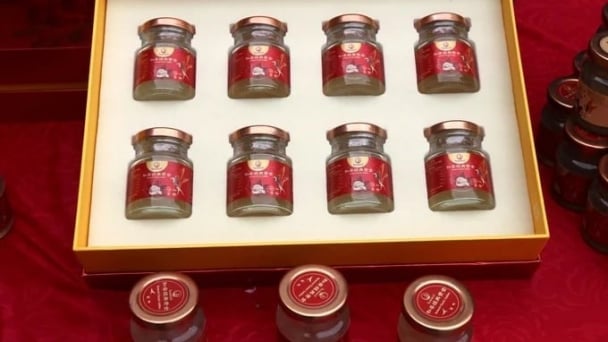
(VAN) For Vietnamese bird's nest products to penetrate deeply and sustainably into the Chinese market, it requires not only product quality but also strict compliance with the regulations on quarantine, traceability, and food safety.

(VAN) As one of Vietnam's most high-value products, bird's nest is asserting its position on the national agricultural export map. China, with an annual demand of hundreds of tons, is considered the most promising market.
/2025/05/22/5250-1-184853_288.jpg)
(VAN) According to a representative from the Central Retail Vietnam, Vietnamese products such as seafood, sweet potatoes, dragon fruit, coffee, and spices hold great potential in the Thai market.